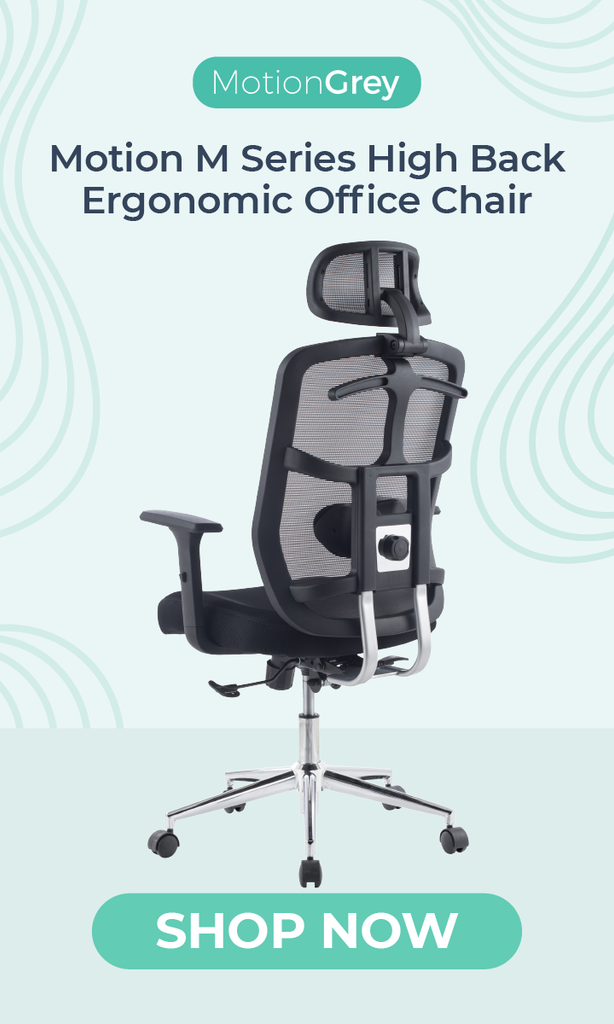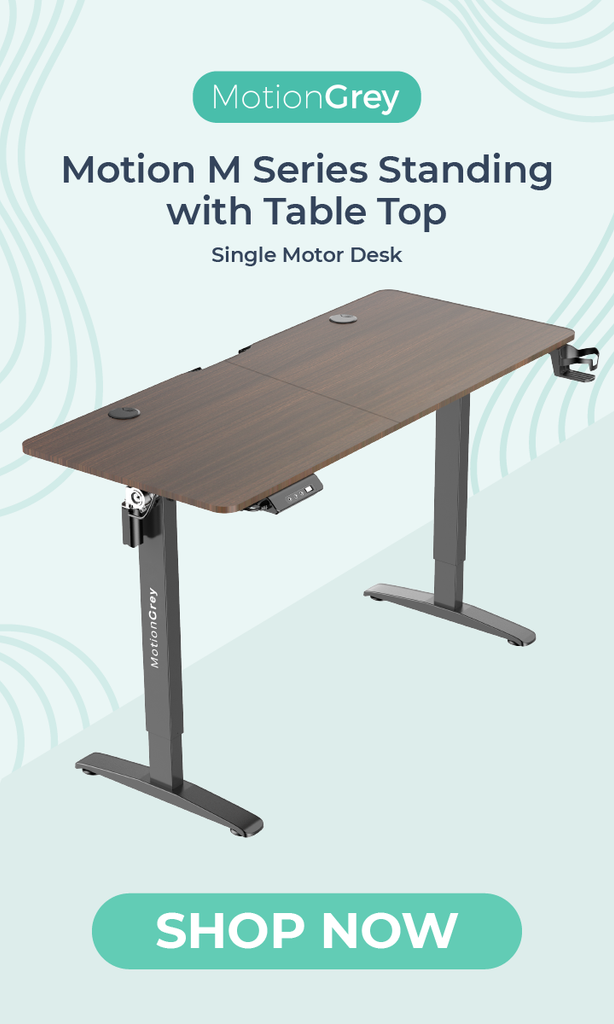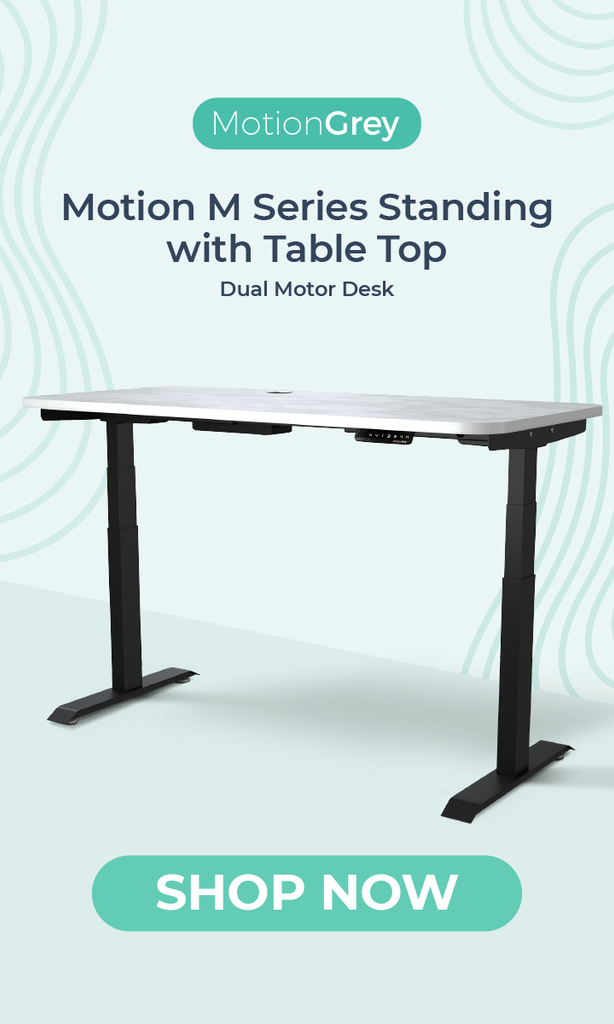5 Tips to Relieve Lower Back Pain When Standing
Lower back pain – this has become all too common among today’s population that so many individuals seem to have just accepted it as part of modern life. That is, until it becomes debilitating and starts to get in the way of doing what used to be normal activities. Prevention is better than cure, they say, and this cannot be truer when it comes to back pain. The moment it occurs, you have to address it right away.

Lower back pain often occurs when you sit for long hours, but it can also happen when you are standing, and this can be caused by several factors.
A Look at the Anatomy of the Lower Back
The foundation of the back is the spinal column, this S-shaped bone that runs from the skull all the way to the pelvis. The curving of the column that forms its S shape is called a lordosis, and this changes depending on a person’s posture. In our natural form, for instance, the lower back curves towards the front. However, when we are seated in a slumped position, that curve changes – some bones and muscles are stretched while others are compressed. And because this is not the spine’s natural shape, maintaining this position for long hours can cause pain.

The spine is also made up of vertebral bones stacked on top of each other, with a disk in between each bone which serves as cushion. Meanwhile, on both sides of each vertebral bone, there are joints that enable movement. Now, the disks and joints can wear out over time because of various reasons.
Who are Prone to Lower Back Pain when Standing?
Most adults are susceptible to lower back pain because of any or all of the following:
- Natural aging. As we age, our bones also age and wear out.
- Repeated stress. Activities such as lifting or bending, if done for a long period of time, can accelerate wear and tear on the bones.
- Medical conditions. Slipped disks, stretched ligaments, and other bone and muscle problems can also aggravate back pain.
How to Alleviate Lower Back Pain when Standing
If your lower back pain specifically occurs while you are standing, or when you are seated and moving to a standing position, there are some things you can do to address this problem.
Mind your shoes.
Women: as much as you may feel extra confident in your high heels, make sure that you don’t stand in them for too long. When all that holds your weight are the tips of the heels of your stiletto shoes, your leg and back muscles have to work extra hard to support you. This can take a toll on your lower back over time. It’s the same for men – make sure you find shoes that are comfortable and will keep your feet in a natural position.
Mind your posture.
It’s true what your teacher used to tell you – stand up and sit up straight. Slouching and slumping on your seats leave your spine in an unnatural curve, and this can cause both back pain and muscle pain. Even when you sleep, you have to take care of your posture by making sure that you use proper mattress to support your back.

Mind your stress and your rest.
Whatever is inside will come out. Often, when you feel tension, it manifests physically in your shoulders and both your upper and lower back. The muscles tense, and often you don’t even notice that your back muscles are frozen in a tensed position, the effects of which will manifest later on in pain and stiffness. In the same way, standing for too long when working can bring significant tension on the back. Make sure you are mindful in both your stress and your rest so that you can properly care for your body.
Mind your movement.
Check how much movement you inject in your day-to-day activities. Do you move enough, or are you often sedentary? Exercise goes a long way in strengthening your bones, joints, and muscles. However, make sure you do exercises that are back friendly and avoid those that may further stress your lumbar area.
Mind your work environment.
Apart from the number of hours you work, check your posture while at work. Are you often slumped or slouched? Do you spend all 8 or 9 hours seated in front of your desk? There’s nothing wrong with sitting, but prolonged sitting can harm your back. Make sure you alternate between sitting and standing. You may also change your work space a little to promote healthy habits. You may consider upgrading to an ergonomic office chair, investing in a standing desk for easy transition from sitting to standing and back, or even try a treadmill desk if you want to take it a notch higher.

Conclusion
Lower back pain when standing, sitting, or walking is merely a symptom that tells you there is something wrong with your body and something has to change. The good thing is that the changes don’t have to be huge – you can address this and relieve the pain by simply making small changes in your habits and routine.
About Us
MotionGrey is a Canadian standing desk company that specializes in ergonomic furniture. We supply and install only the best quality standing desks and ergonomic chairs in the country.
Our products are designed with wellness as the focal point. From our electric standing desks to our office and gaming chairs, we deliver best value by putting your health, safety, and comfort as top priority. Boost your creativity and level up work performance. We want you to create great outcomes so we’re providing you only the best tools to make them possible.
Click here to view our selection of products. Got questions?





